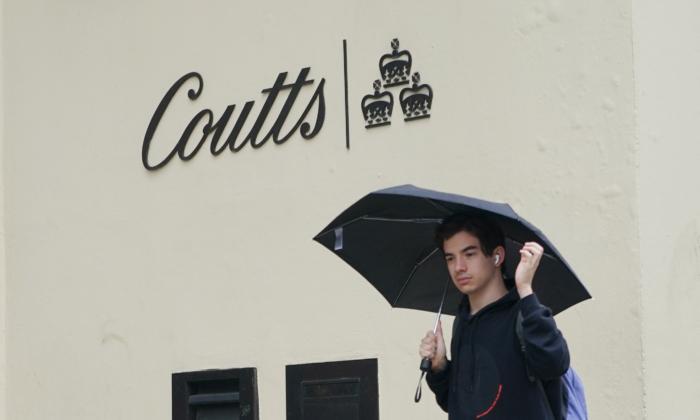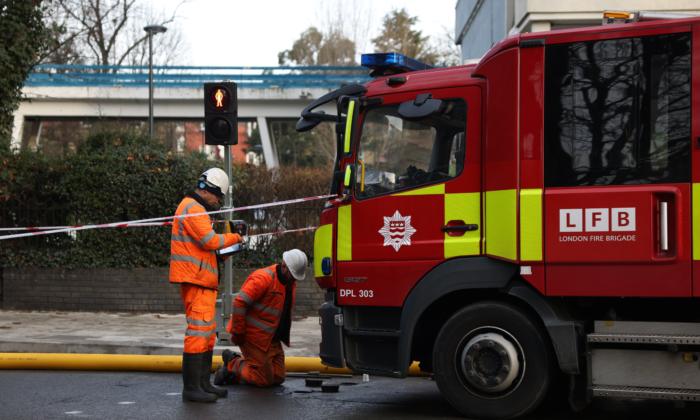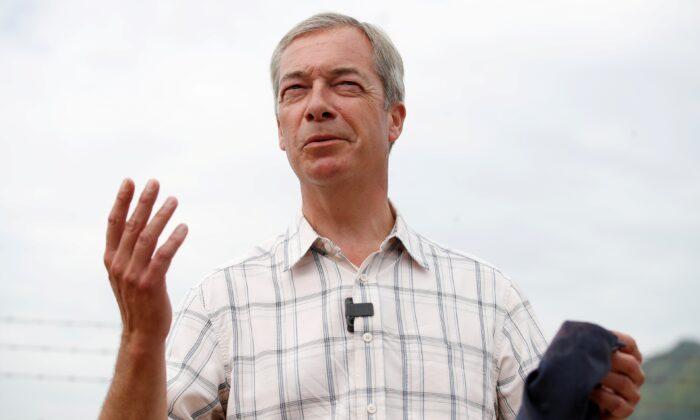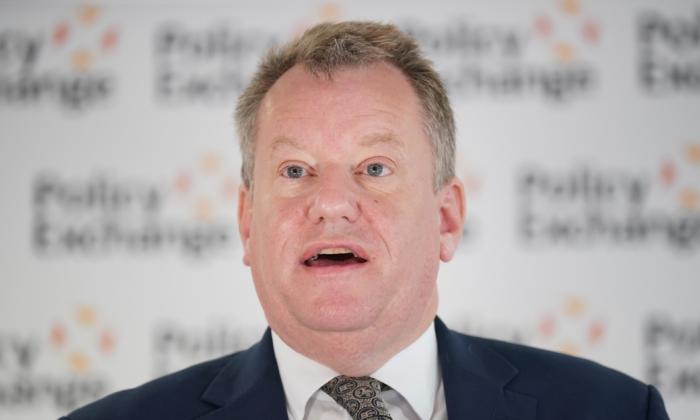The government borrowed less than expected last month, official figures show.
According to the latest data from the Office for National Statistics (ONS), public sector net borrowing hit £18.5 billion in June.
It is a fall from May’s £20 billion and lower than expected by economists, who had forecast borrowing to hit £22 billion, according to a consensus figure supplied by Pantheon Macroeconomics.
But it was the third-highest June borrowing since monthly records began in 1993.
The ONS attributed the fall in borrowing in June to higher tax receipts and a substantial fall in debt interest payable, though it said these were “largely offset by increased benefit payments and other costs.”
It pushed the total debt pile to a little under £2.6 trillion. The ONS said debt reached 100.8 percent of GDP, the first time that had happened since 1961.

Mixed Picture
The interest the government paid in June on its debt was £12.5 billion, which was £7.5 billion less than debt interest payments a year ago. It was also £1.5 billion below the Office for Budget Responsibility’s (OBR) forecast of £14.0 billion.But it was still the third-highest payable in any single month on record.
But the government’s payment of subsidies rose significantly, largely as a result of the energy support schemes put in place by former Prime Minister Liz Truss last October to help households and businesses cope with rocketing gas and electricity bills following Russia’s invasion of Ukraine.

In June 2023, central government spent £3.6 billion on subsidies, £1.4 billion more than in June 2022.
According to the ONS, this growth was largely because of the combined cost of the Energy Price Guarantee for households and the Energy Bills Discount Scheme for businesses across the UK, estimated by the OBR to be around £1.3 billion this month.
Net social benefits paid by central government in June 2023 were £24.0 billion, £4.0 billion more than in June 2022. This increase was largely because of inflation-linked benefits uprating and disability cost-of-living payments.
In June, the UK’s annual Consumer Prices Index (CPI) rose by 7.9 percent, down from 8.7 percent in May, mostly due to the fall of motor fuel prices.
‘More Wiggle Room’
Ruth Gregory, deputy chief UK economist at Capital Economics, said that Chancellor Jeremy Hunt “now looks likely to have a little more wiggle room in the Autumn Statement to fund a few pre-election giveaways.”But she added, “With the full upward impact on borrowing from higher interest rates and weaker GDP growth still coming down the line, we continue to think any package of pre-election net tax cuts will probably need to be modest or swiftly reversed.”
Michal Stelmach, senior economist at KPMG UK, also called for caution.
He said: “Public sector net borrowing was £18.5 billion in June and £54.4 billion in the first three months of the fiscal year, an increase of 29 percent on the corresponding period a year earlier.
“This was largely driven by non-interest spending such as energy support schemes and benefit payments, which include the latest disability cost-of-living payment estimated to have cost around £740 million in June.”
“Heading into the next general election, the government will be wary that despite the successive fiscal rules, public sector debt has tripled over the past 20 years.
“While this is not unique to the UK, domestic vulnerabilities … leave the current fiscal position more sensitive to shocks compared to its peers.”





